Top 10 Must-Visit Destinations in Morocco
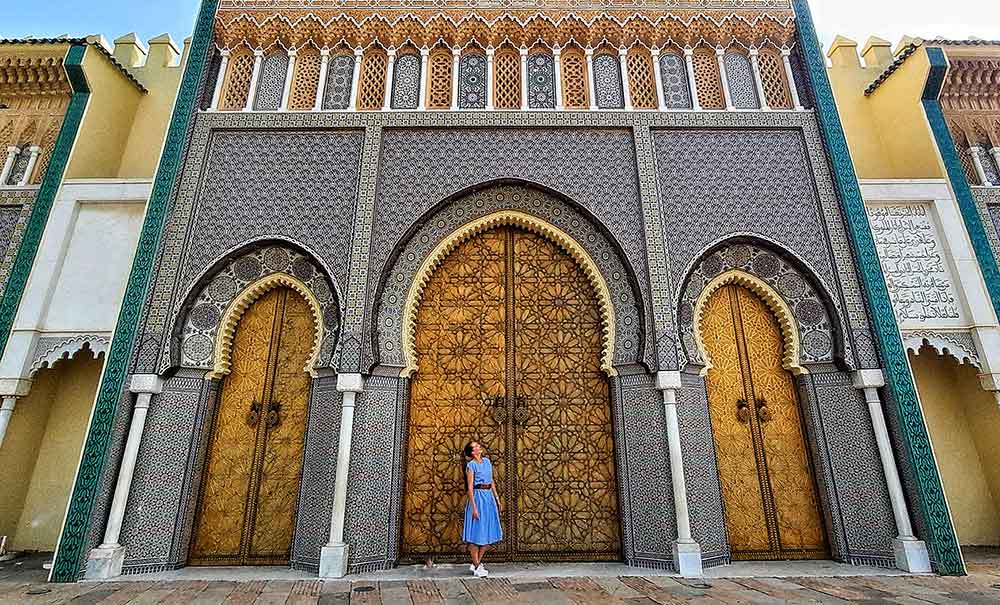
Morocco is a country of dazzling diversity, where ancient traditions blend seamlessly with modern life against a backdrop of breathtaking landscapes. From the labyrinthine medinas of imperial cities to the vast golden dunes of the Sahara, Morocco offers travelers an intoxicating mix of experiences that stimulate all senses. In this article, we'll explore the top 10 destinations that capture the essence of this North African gem.
Table of Contents
1. Marrakech: The Red City
Marrakech, often referred to as the "Red City" due to its rose-hued buildings, is a vibrant metropolis that captures the imagination of every visitor. At its heart lies the famous Jemaa el-Fna square, a UNESCO World Heritage site that transforms from a tranquil plaza by day to a carnival of activity by night. Here, storytellers, musicians, snake charmers, and food vendors create an atmosphere that's both chaotic and captivating.
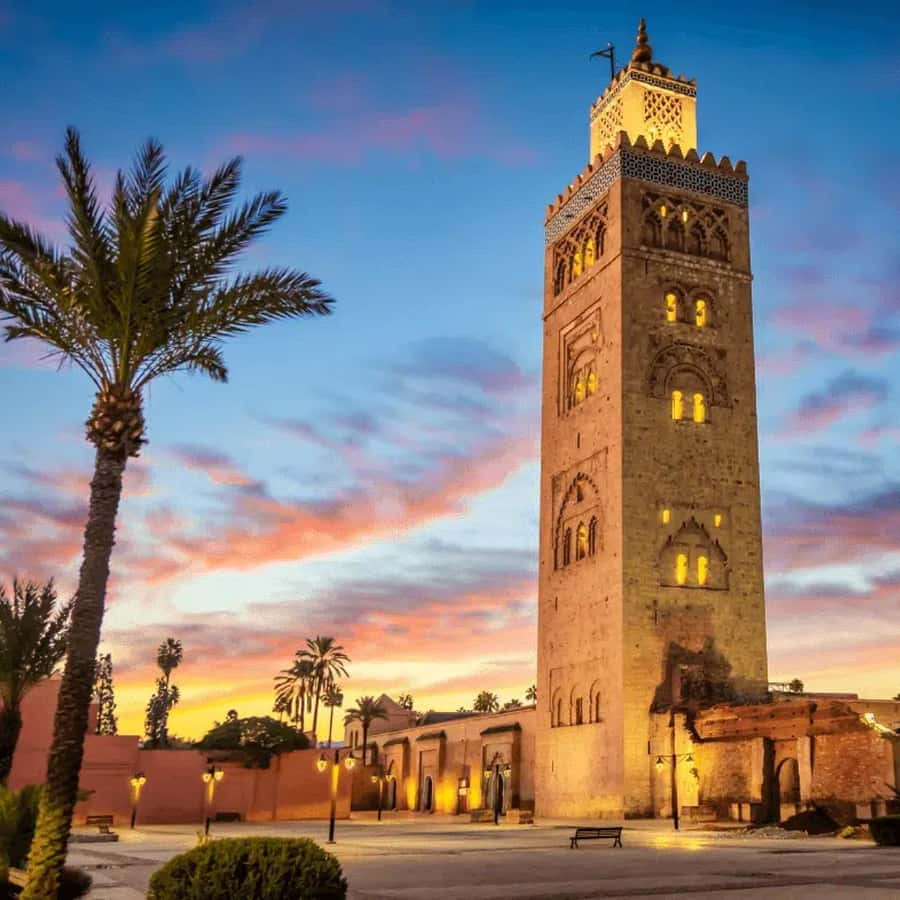
Local Tip:
Visit Jemaa el-Fna in the late afternoon to witness its transformation as the sun sets. Start with a mint tea at one of the rooftop cafés overlooking the square, then descend into the action for dinner at one of the food stalls marked with number 1, 14, or 31—locals swear these serve the most authentic dishes!
Beyond the square, Marrakech offers a wealth of attractions, including the Bahia Palace, with its intricate Islamic architecture; the Majorelle Garden, once owned by Yves Saint Laurent; and the medina's labyrinthine souks, where you can shop for everything from spices to handcrafted lanterns.
The city's modern side is equally captivating, with luxurious riads (traditional houses with interior gardens), world-class restaurants, and a burgeoning art scene that reflects Morocco's unique cultural position between Africa, Europe, and the Middle East.
2. Fes: The Cultural Capital
Fes (or Fez) is Morocco's intellectual and cultural center, home to the world's oldest university, Al-Karaouine, founded in 859 CE. The city's medina, Fes el-Bali, is the largest car-free urban area in the world—a medieval maze of narrow alleys, bustling markets, and historic monuments frozen in time.

The city's iconic tanneries offer a glimpse into traditional leather-making methods that have remained unchanged for centuries. When visiting the Chouara Tannery, you'll be offered a sprig of mint to hold under your nose—the pungent smells are part of the authentic experience!
Fes is also known for its religious significance, with over 9,000 alleys lined with mosques, madrasas (Islamic schools), and shrines. The 14th-century Bou Inania Madrasa, with its stunning zellige tilework and cedar woodcarvings, exemplifies the Marinid dynasty's architectural prowess.
3. Chefchaouen: The Blue Pearl
Nestled in the Rif Mountains, Chefchaouen is immediately recognizable for its striking blue-washed buildings. Theories about the origin of this distinctive color scheme range from practical (the blue repels mosquitoes) to spiritual (blue represents sky and heaven in Jewish tradition).

Walking through Chefchaouen's winding streets feels like entering a dream world. The medina is small enough to explore on foot, with charming cafés tucked into blue archways and artisan shops selling local handicrafts, including woolen garments and handmade woven blankets for which the region is famous.
For those seeking more active pursuits, the surrounding mountains offer excellent hiking opportunities. A popular route leads to the Spanish Mosque on a hill overlooking the town—the perfect spot for sunset views of the blue city against the dramatic mountain backdrop.
4. Sahara Desert: Merzouga & Erg Chebbi
No visit to Morocco is complete without experiencing the majestic Sahara Desert. The small village of Merzouga serves as the gateway to Erg Chebbi, a vast sea of golden sand dunes that stretch as far as the eye can see.

Experience Highlight:
For the most immersive desert experience, book a night at a traditional Berber camp. After a camel trek across the dunes at sunset, enjoy a traditional Moroccan dinner under the stars followed by music around the campfire. Waking up early to witness the sunrise over the dunes is a life-changing moment that perfectly captures the serene beauty of the Sahara.
The region offers more than just scenery; it's also home to nomadic Berber communities with rich cultural traditions. Many tours include visits to nomadic families or desert villages, providing insight into a way of life that has adapted to one of Earth's most extreme environments.
5. Essaouira: The Windy City
Essaouira offers a relaxed counterpoint to the intensity of Morocco's inland cities. This coastal gem combines Portuguese, French, and Berber influences in its distinctive blue-and-white medina, another UNESCO World Heritage site.
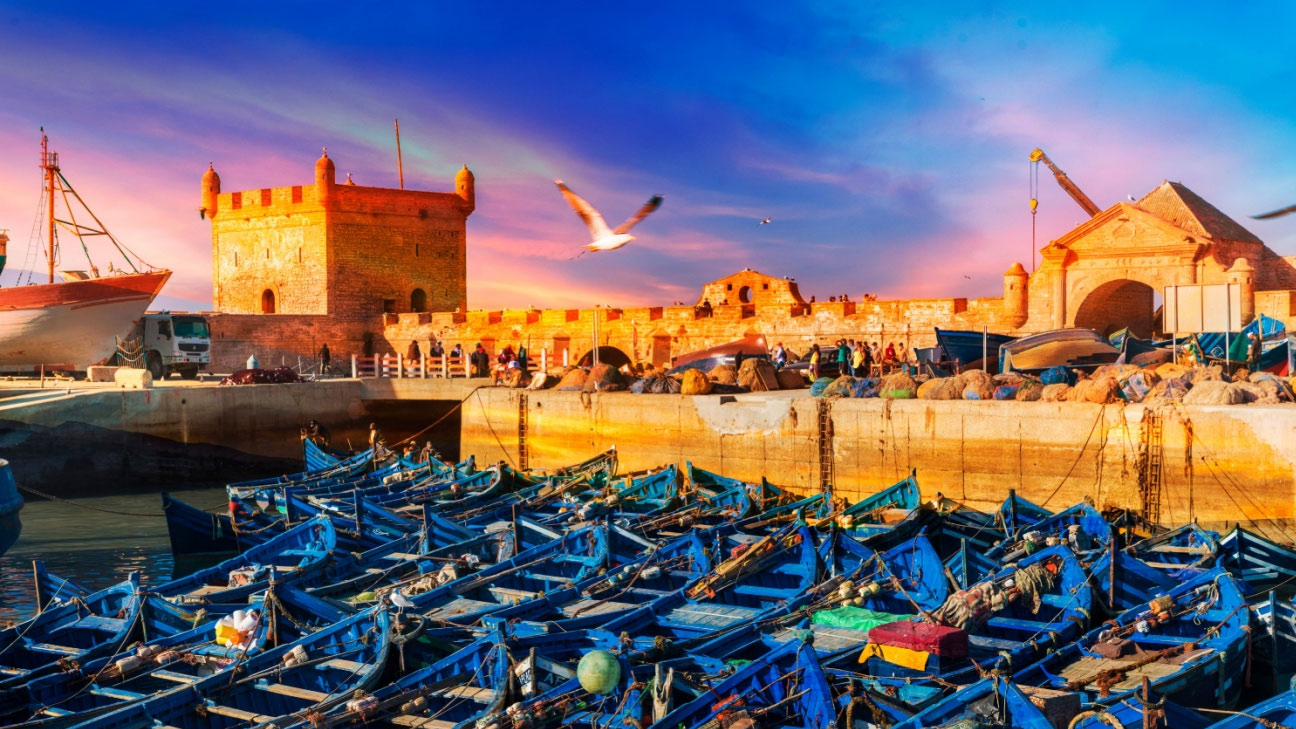
Known as the "Windy City," Essaouira's consistent trade winds make it a prime destination for windsurfing and kiteboarding. For those who prefer calmer activities, the crescent-shaped beach offers miles of golden sand perfect for leisurely walks.
The city's artistic heritage is evident in its numerous galleries and craft workshops. Essaouira's woodcarvers are particularly renowned for their intricate work with local thuya wood, creating everything from chess sets to decorative boxes inlaid with mother-of-pearl.
The bustling port provides not only picturesque views of blue fishing boats but also delivers fresh seafood directly to the city's restaurants. For an authentic experience, select your fish from the day's catch at the port market and have it grilled to perfection at one of the nearby food stalls.
6. Atlas Mountains & Toubkal
The Atlas Mountains, stretching across Morocco like a spine, offer an entirely different landscape from the desert and cities. The range includes the High Atlas, Middle Atlas, and Anti-Atlas, each with its own character and attractions.

Mount Toubkal, North Africa's highest peak at 4,167 meters (13,671 feet), attracts hikers from around the world. The ascent, while challenging, doesn't require technical climbing skills, making it accessible to reasonably fit hikers with a sense of adventure.
Beyond the mountains themselves, the region is home to traditional Berber villages where life continues much as it has for centuries. Homestays in these communities provide an authentic glimpse into rural Moroccan life, with opportunities to participate in local activities like bread baking and carpet weaving.
7. Aït Benhaddou
This fortified village, or ksar, stands as one of Morocco's most spectacular sights. Made up of earthen clay buildings surrounded by high walls, Aït Benhaddou appears to rise organically from the landscape along an ancient caravan route between the Sahara and Marrakech.
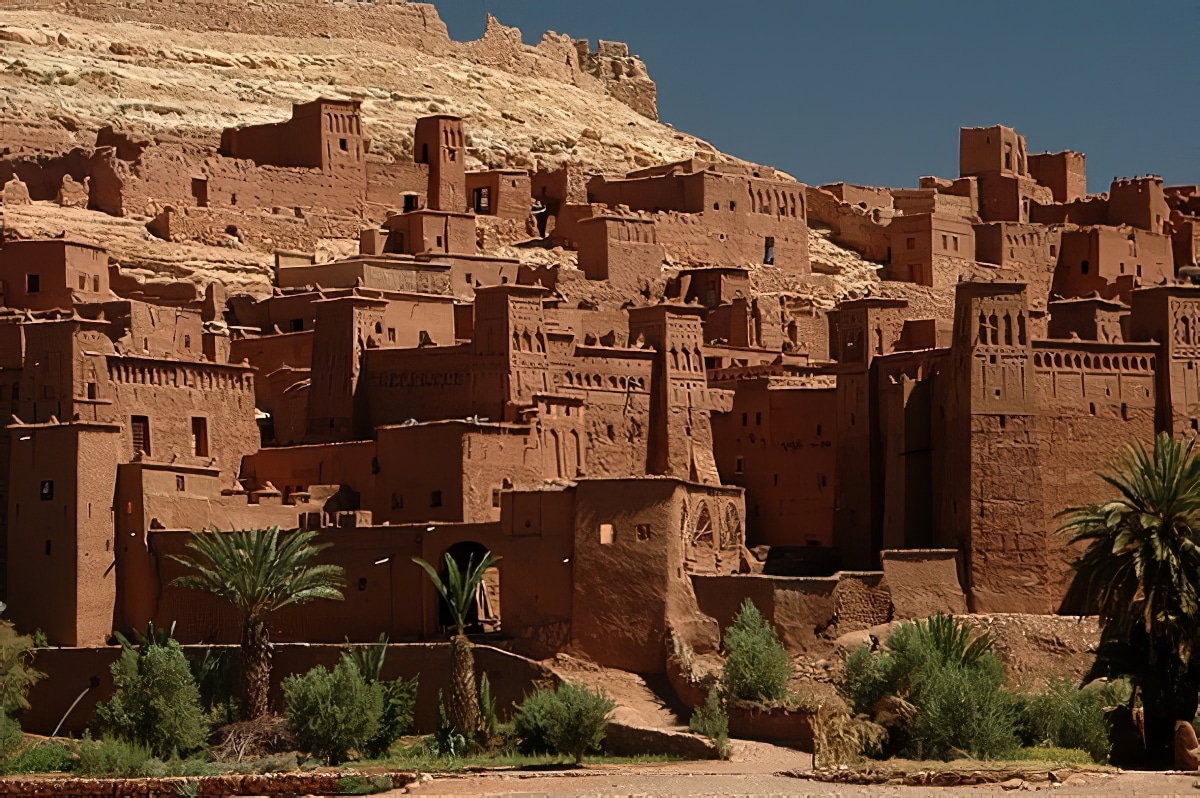
Recognized as a UNESCO World Heritage site, the ksar has served as a backdrop for numerous films and TV shows, including "Gladiator," "Lawrence of Arabia," and "Game of Thrones." Despite this fame, it remains an authentic example of pre-Saharan architecture.
Photography Tip:
Visit Aït Benhaddou in the early morning or late afternoon when the low sunlight brings out the warm tones of the earthen structures. For the best panoramic view, climb to the granary at the top of the hill—the sight of the entire ksar against the backdrop of the Ouarzazate region is unforgettable.
Only a few families still live within the original ksar, but the site remains a living museum of traditional Moroccan building techniques and defensive architecture.
8. Casablanca
Casablanca, Morocco's largest city and economic heart, offers a fascinating blend of modern development and Moorish influences. While less overtly touristy than other destinations on this list, "Casa" provides an authentic glimpse into contemporary Moroccan urban life.
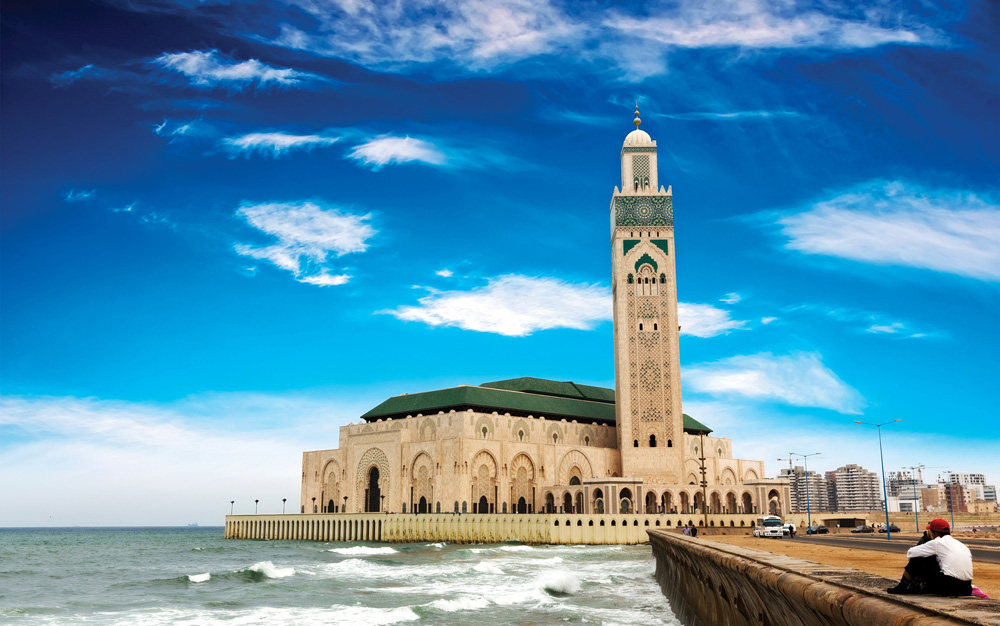
The city's crown jewel is the Hassan II Mosque, an architectural masterpiece that rises majestically from the Atlantic shore. Completed in 1993, it features the world's tallest minaret (210 meters) and is one of the few mosques in Morocco open to non-Muslim visitors through guided tours.
Beyond the mosque, Casablanca offers a range of experiences from exploring the old medina to strolling along the Corniche oceanfront promenade. The city's architectural heritage includes fine examples of Mauresque (Moorish revival) and Art Deco designs, particularly in the downtown area.
Contrary to what the classic film suggests, Casablanca is far more than just a romantic backdrop—it's a dynamic city that represents Morocco's stride toward modernization while honoring its cultural heritage.
9. Rabat: The Capital
Often overlooked in favor of more famous destinations, Rabat, Morocco's capital, offers visitors a more relaxed experience than the frenetic energy of Marrakech or Fes. The city seamlessly blends its ancient and modern elements, from the 12th-century Kasbah of the Udayas to the sleek Rabat-Salé tramway.
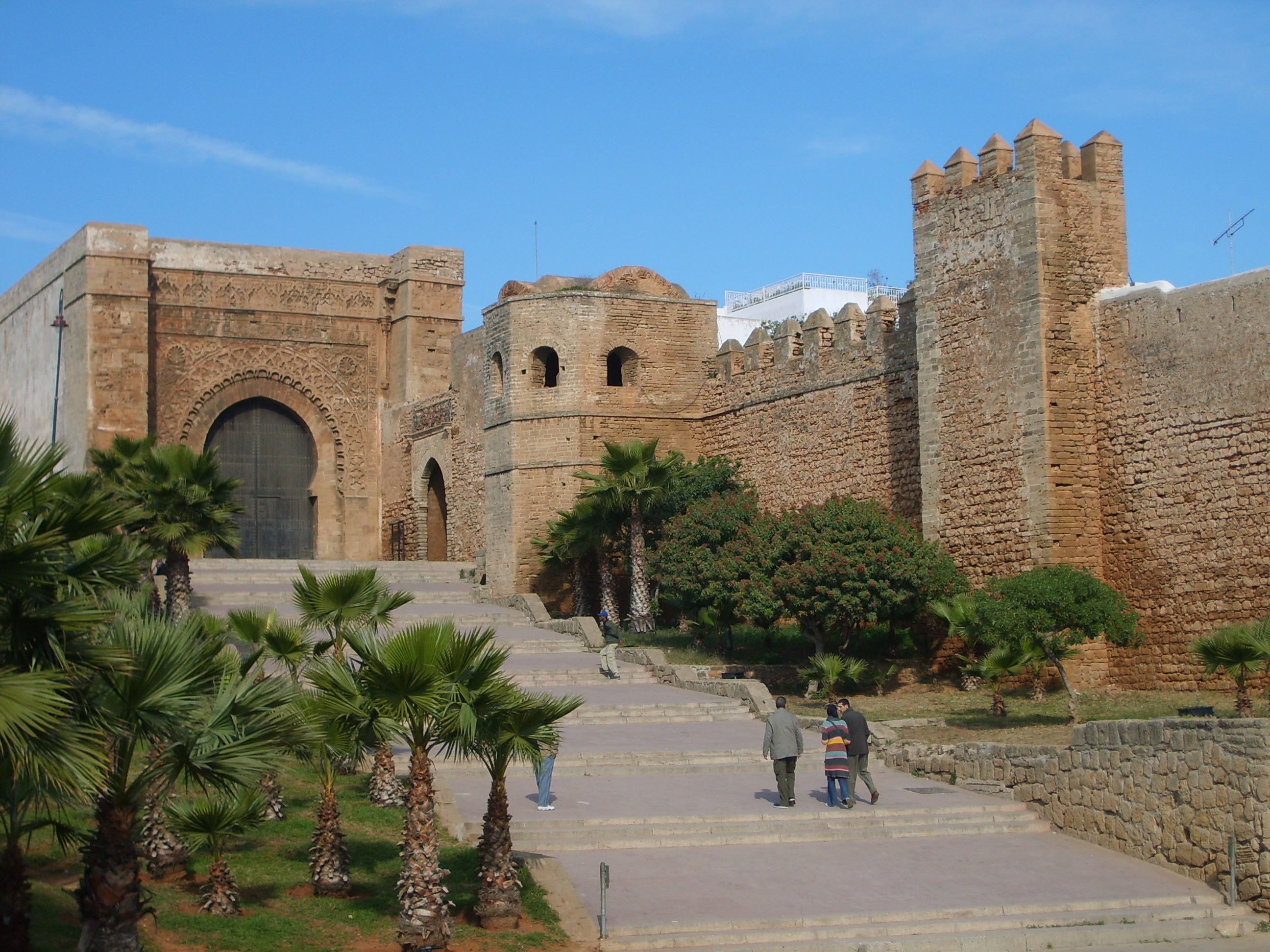
The unfinished Hassan Tower, intended to be the world's largest minaret when construction began in 1195, stands adjacent to the Mausoleum of Mohammed V, a masterpiece of modern Moroccan architecture. The contrast between these structures speaks to the nation's historical depth.
Rabat's medina is smaller and more navigable than those in other imperial cities, making it an excellent introduction to Moroccan urban life without the overwhelming complexity. The city's coastal location also provides the added benefit of beautiful Atlantic beaches just minutes from the historic center.
10. Meknes & Volubilis
Completing our list is Meknes, the "Versailles of Morocco," known for its monumental gates and Spanish-Moorish style. The city flourished under Sultan Moulay Ismail in the 17th century, who transformed it into an impressive imperial capital.
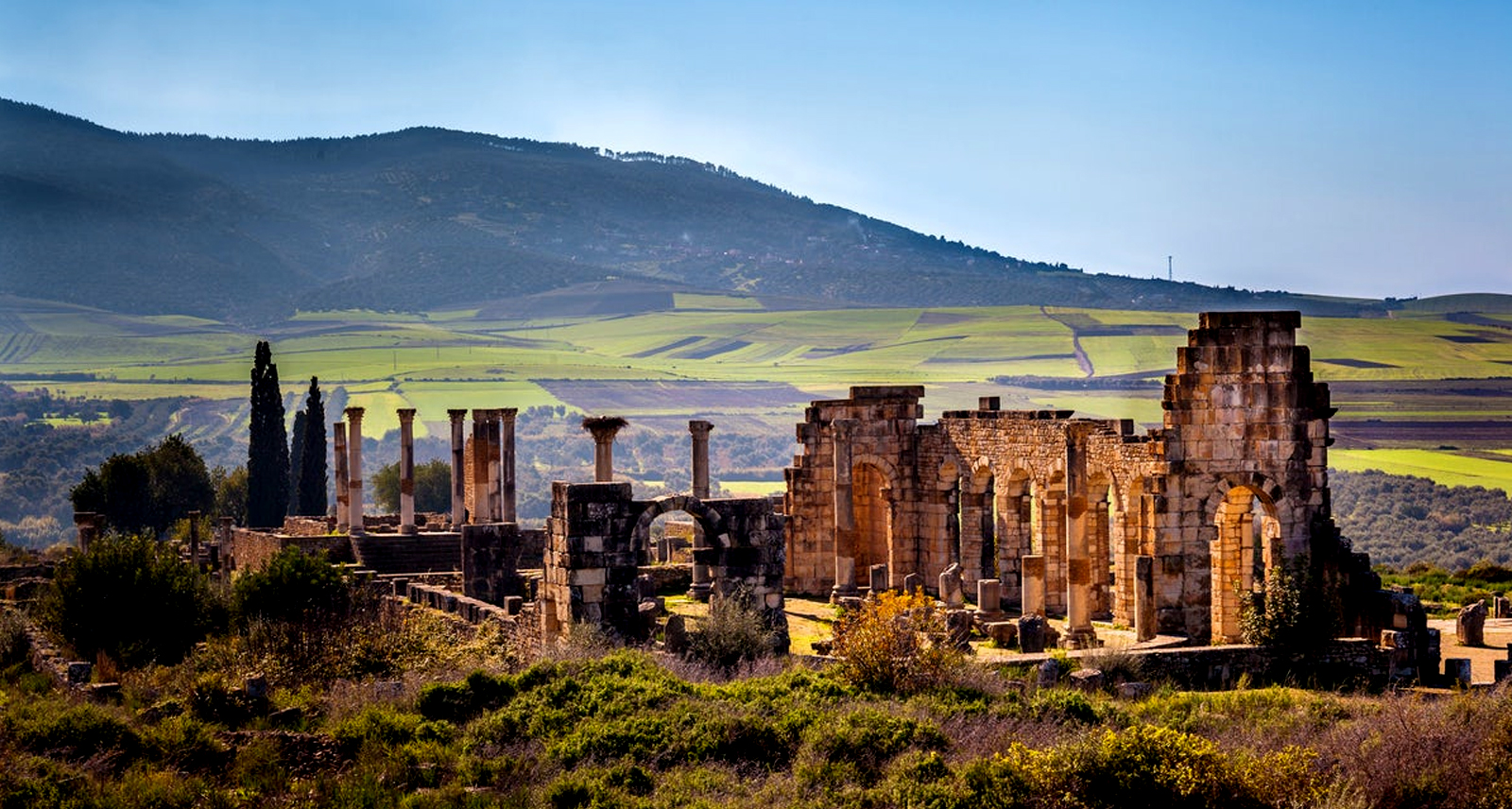
Highlights include the Bab Mansour gate, widely considered Morocco's most beautiful monumental entrance; the Dar El Makhzen palace; and the vast granaries and stables that once housed 12,000 horses. The medina, more relaxed than those in Fes or Marrakech, offers authentic shopping experiences without the intense haggling pressure.
Just 33 kilometers northeast of Meknes lie the ruins of Volubilis, Morocco's best-preserved Roman site. Dating from the 2nd and 3rd centuries CE, these remnants of Rome's most remote outpost feature impressive mosaics, a triumphal arch, and a basilica, offering insights into the region's diverse historical influences.
Planning Your Moroccan Journey
Morocco's geographical diversity means visitors should consider the season when planning their trip. Spring (March to May) and fall (September to November) offer ideal weather conditions for exploring the entire country. Summer can be extremely hot in inland cities and the desert, while winter brings snow to the Atlas Mountains—creating opportunities for diverse experiences including skiing!
While independent travel is certainly possible, navigating Morocco's complex geography and cultural nuances can be enhanced by local expertise. Whether you're seeking adventure in the Sahara, cultural immersion in the imperial cities, or relaxation along the coast, the destinations on this list offer a perfect starting point for experiencing the incredible diversity that Morocco has to offer.
How Well Do You Know Morocco? Take Our Quick Quiz!
1. Which Moroccan city is known as "The Blue Pearl"?
2. What is the name of North Africa's highest mountain peak located in Morocco?
3. Which famous film and TV production was NOT filmed at Aït Benhaddou?
4. The Hassan II Mosque is located in which Moroccan city?
5. Which ancient civilization's ruins can be found at Volubilis?
Travel Tips for Visiting Morocco
Before setting off on your Moroccan adventure, consider these helpful tips to enhance your experience:
- Respect local customs: Morocco is a Muslim country, so modest dress is appreciated, especially when visiting religious sites or rural areas.
- Learn basic phrases: While many Moroccans in tourist areas speak English and French, learning a few Arabic or Berber phrases shows respect and enhances interactions.
- Bargaining is expected: In souks and markets, prices are rarely fixed. Friendly negotiation is part of the shopping experience.
- Stay hydrated: Morocco's climate can be hot, particularly in inland areas during summer. Carry water, but opt for bottled water to avoid stomach issues.
- Consider a local guide: Especially in medinas and historic sites, local guides provide invaluable context and help navigate complex areas.
When to Visit:
Spring (March-May) and Fall (September-November) offer ideal temperatures for exploring cities and mountains. Winter (December-February) brings cooler temperatures and potential for snow in the Atlas Mountains, while coastal areas remain mild. Summer (June-August) can be extremely hot in inland areas but pleasant along the coast. The Sahara is best visited in winter months when daytime temperatures are more manageable.
Conclusion: The Magic of Morocco
Morocco's allure lies not just in its stunning landscapes and architectural wonders, but in its ability to transport visitors to another time and place. Whether you're sipping mint tea on a rooftop terrace in Marrakech, watching the sun set over Saharan dunes, or wandering through the blue streets of Chefchaouen, Morocco offers experiences that engage all the senses and create lasting memories.
While this list covers the top 10 destinations, Morocco's treasures extend far beyond these highlights. Each region has its own distinct character, traditions, and natural beauty waiting to be discovered. The country's remarkable diversity means that even seasoned travelers find something new with each visit.
As a Moroccan proverb says, "He who does not travel will not know the value of men." Perhaps this wisdom extends to places as well—it's only by experiencing Morocco's magnificent destinations firsthand that one can truly appreciate their profound beauty and cultural significance.


